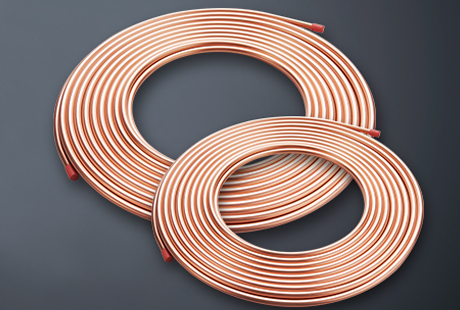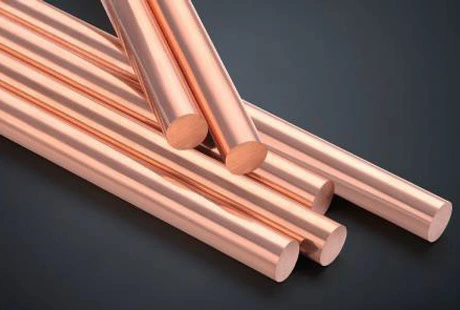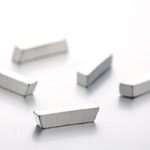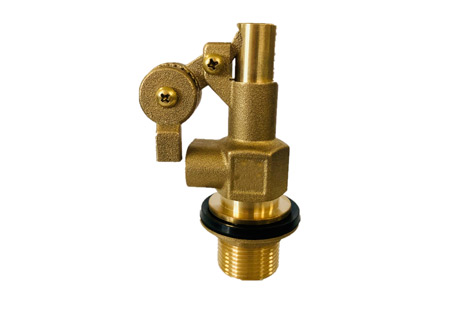Ⅰ. Mechanical properties of enamel coil wire:
Including elongation, rebound angle, softness and adhesion, scratch resistance, tensile strength and other items.
1. Elongation reflects the plasticity of the material, and is used to examine the ductility of the enamel coil wire.
2. The rebound angle and softness reflect the elastic deformation of the material: use it to assess the softness of the enamel coil wire.
Elongation and rebound angle, the softness reflects the quality of copper and the annealing degree of enamel coil wire that affect elongation of enamel coil wire:
The main factors of springback angle are (1) wire quality; (2) the influence of external force; (3) the degree of annealing.
3. The toughness of the paint film includes winding and stretching, that is, the allowable tensile deformation of the paint film without breaking when the conductor is stretched and deformed.
4. The adhesion of the paint film includes: sudden breaking and peeling, which mainly evaluates the adhesion of the paint film to the conductor.
5. The scratch resistance test of the enamel coil wire paint film reflects the strength of the paint film against mechanical scratches.
Ⅱ. Heat resistance of enamel coil wire: including thermal shock and softening breakdown test
The enamel coil wire, such as enamel coated magnet wire, has the thermal shock, which reflects the ability of the paint film of the enamel coil wire to withstand heat under the action of mechanical stress.
Factors affecting thermal shock: (1) Influence of paint; (2) Influence of copper wire; (3) Influence of enameling process.
2. The softening and breakdown performance of the enamel coil wire is a measure of the ability of the enamel coil wire paint film to resist thermal deformation under mechanical force, that is, the ability of the stressed paint film to melt and soften at high temperatures. Different from copper rod wire, the heat-resistant softening and breakdown performance of the enamel coil wire paint film is determined by the magnitude of the intermolecular chain force of the molecular structure of the paint film.
Ⅲ. Electrical properties of enamel coil wire: including breakdown voltage, paint film continuity, DC resistance test
1. The breakdown voltage refers to the ability of the enamel coil wire paint film to withstand the voltage load.
The main factors affecting the breakdown voltage: (1) the thickness of the paint film; (2) the roundness of the paint film; (3) the degree of curing; (4) the external impurities in the paint film.
2. The paint film continuity test is also called pinhole.
Its main influencing factors are: (1) the influence of raw materials; (2) the influence of the manufacturing process; (3) the influence of equipment.
3. DC resistance refers to the resistance value measured per unit length.
Current resistance influencing factors: (1) annealing degree; (2) enameled equipment.
Ⅳ. The chemical resistance of enamel coil wire: including solvent resistance, direct welding
1. Solvent resistance refers to the general enamel coil wire after it is wound into a coil: it has to go through the dipping process, and the solvent in the dipping varnish has a different degree of swelling effect on the paint film, which is even worse at higher temperatures. The chemical resistance of the enamel coil wire paint film is mainly determined by the characteristics of the paint film itself: under certain conditions of the paint, the enameling process also has a certain influence on the solvent resistance of the enamel coil wire.
2. The direct welding performance of the enamel coil wire reflects the ability of the enamel coil wire to solder during the winding process without removing the paint film.
The main factors affecting the straight weldability are: (1) the influence of the process; (2) the influence of the paint.

 English
English 日本語
日本語 한국어
한국어 français
français Deutsch
Deutsch Español
Español italiano
italiano العربية
العربية tiếng việt
tiếng việt Türkçe
Türkçe ไทย
ไทย 中文
中文





